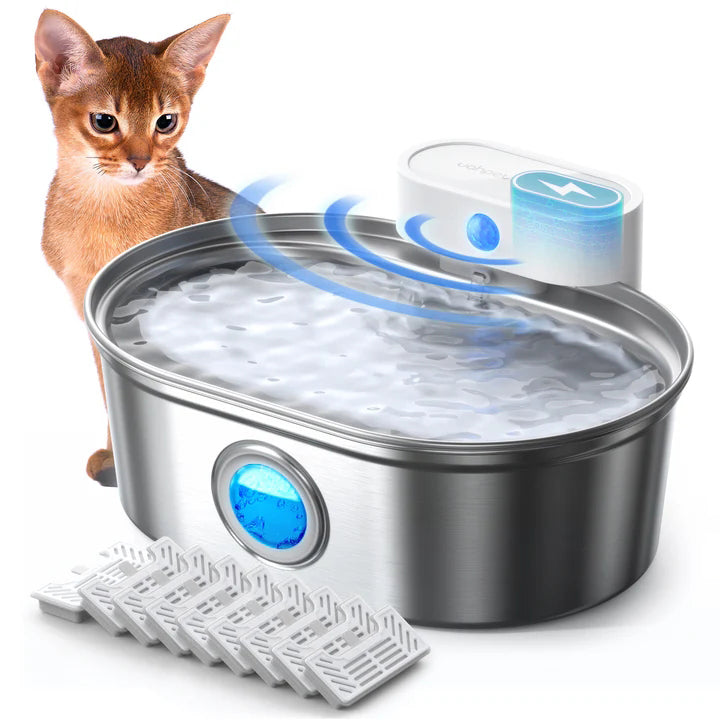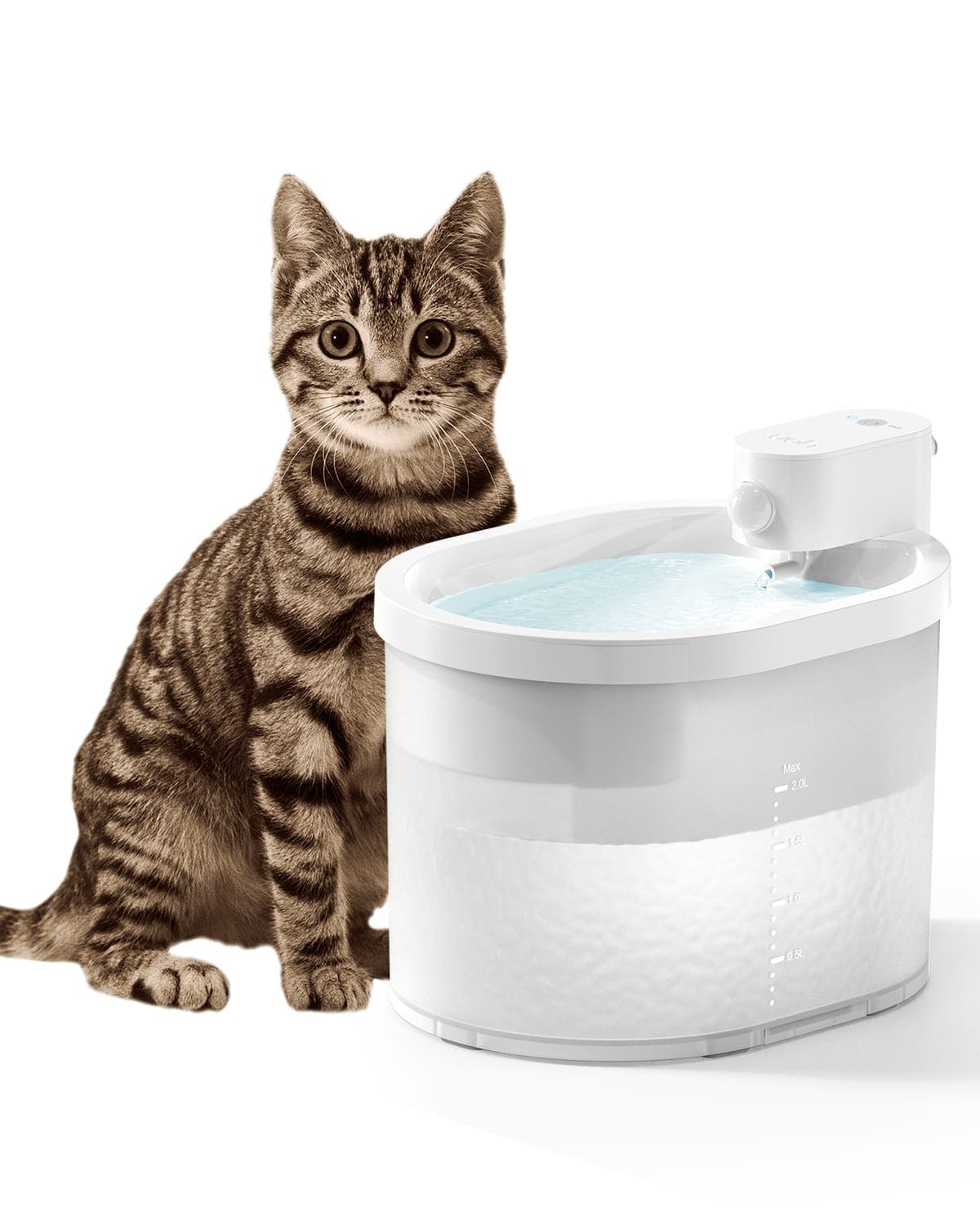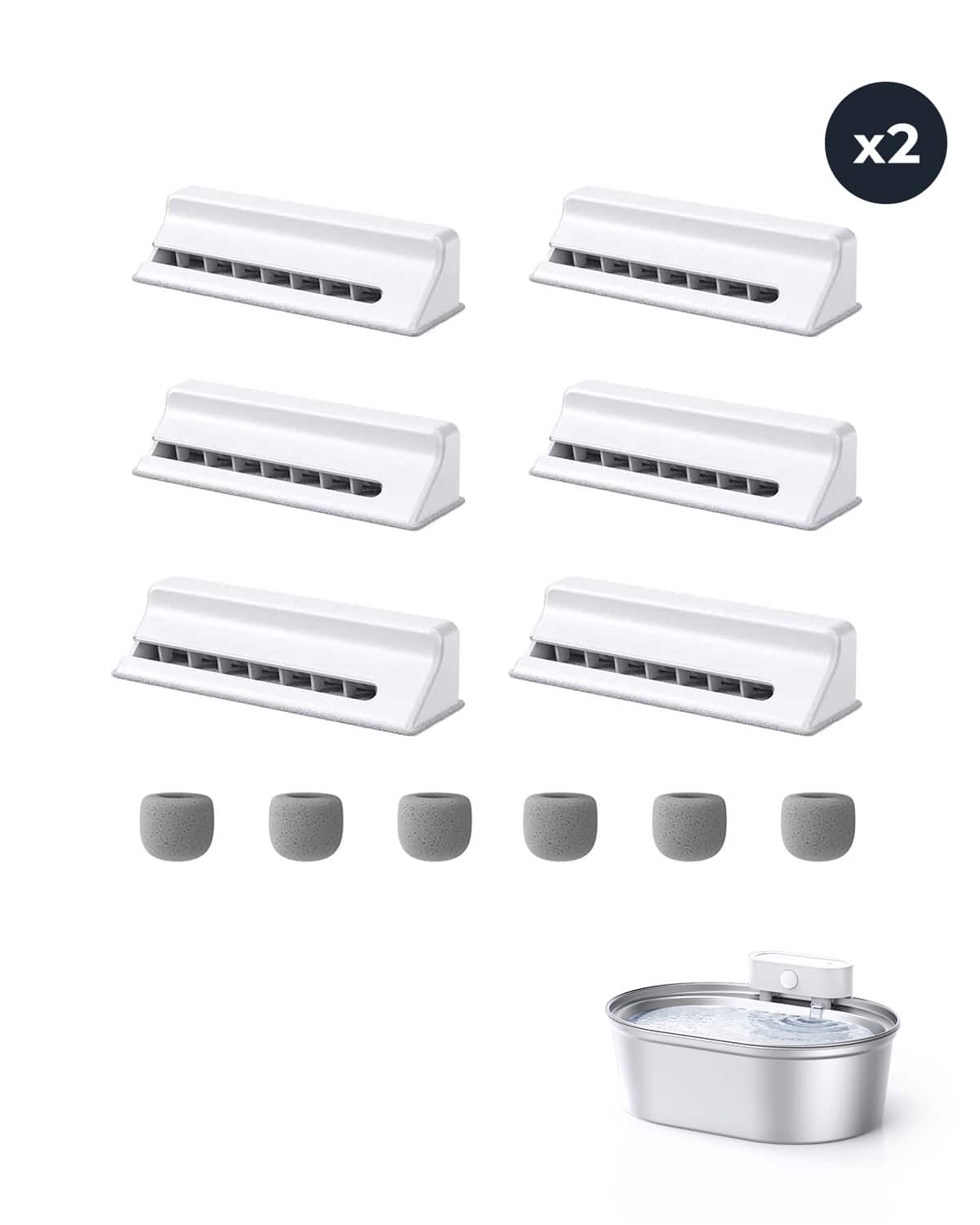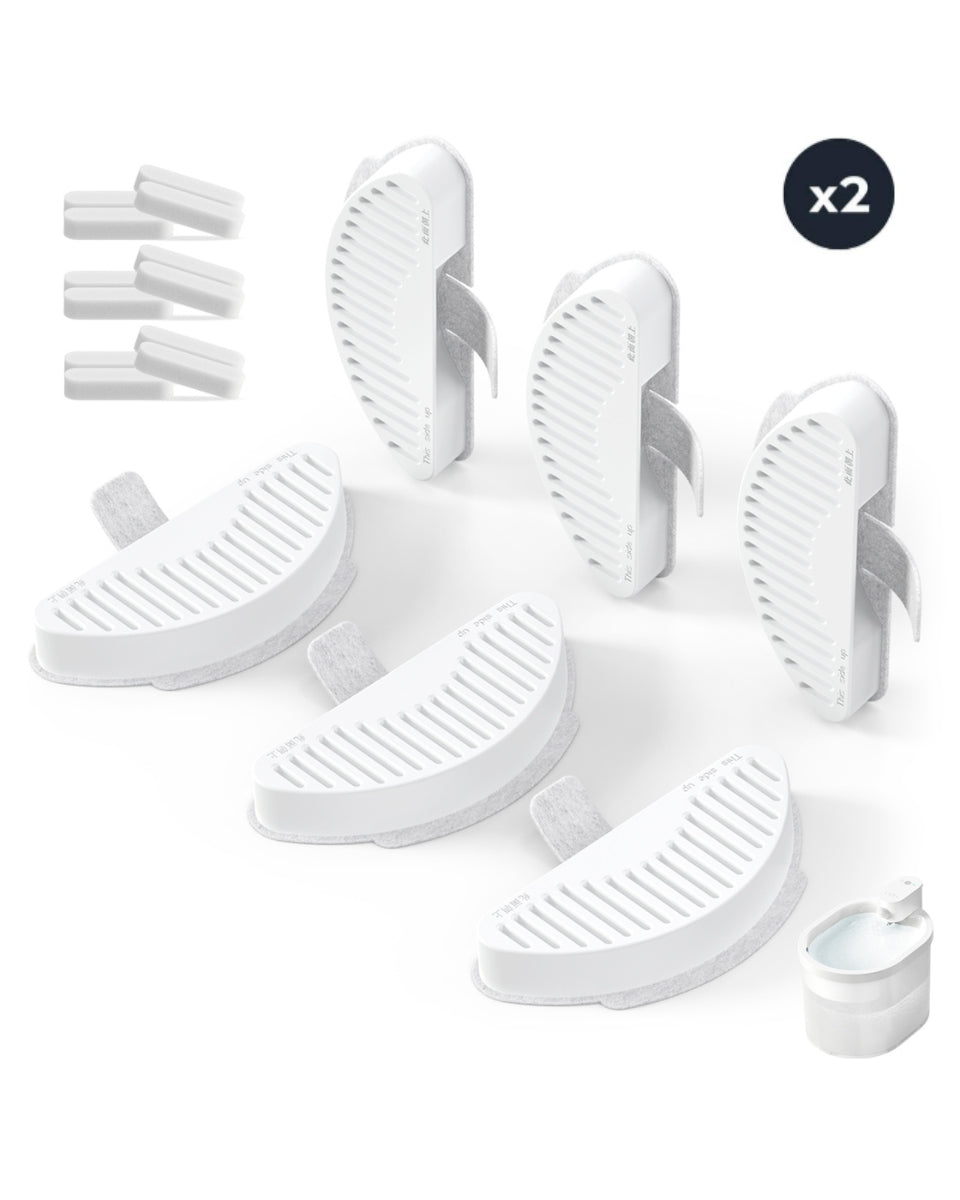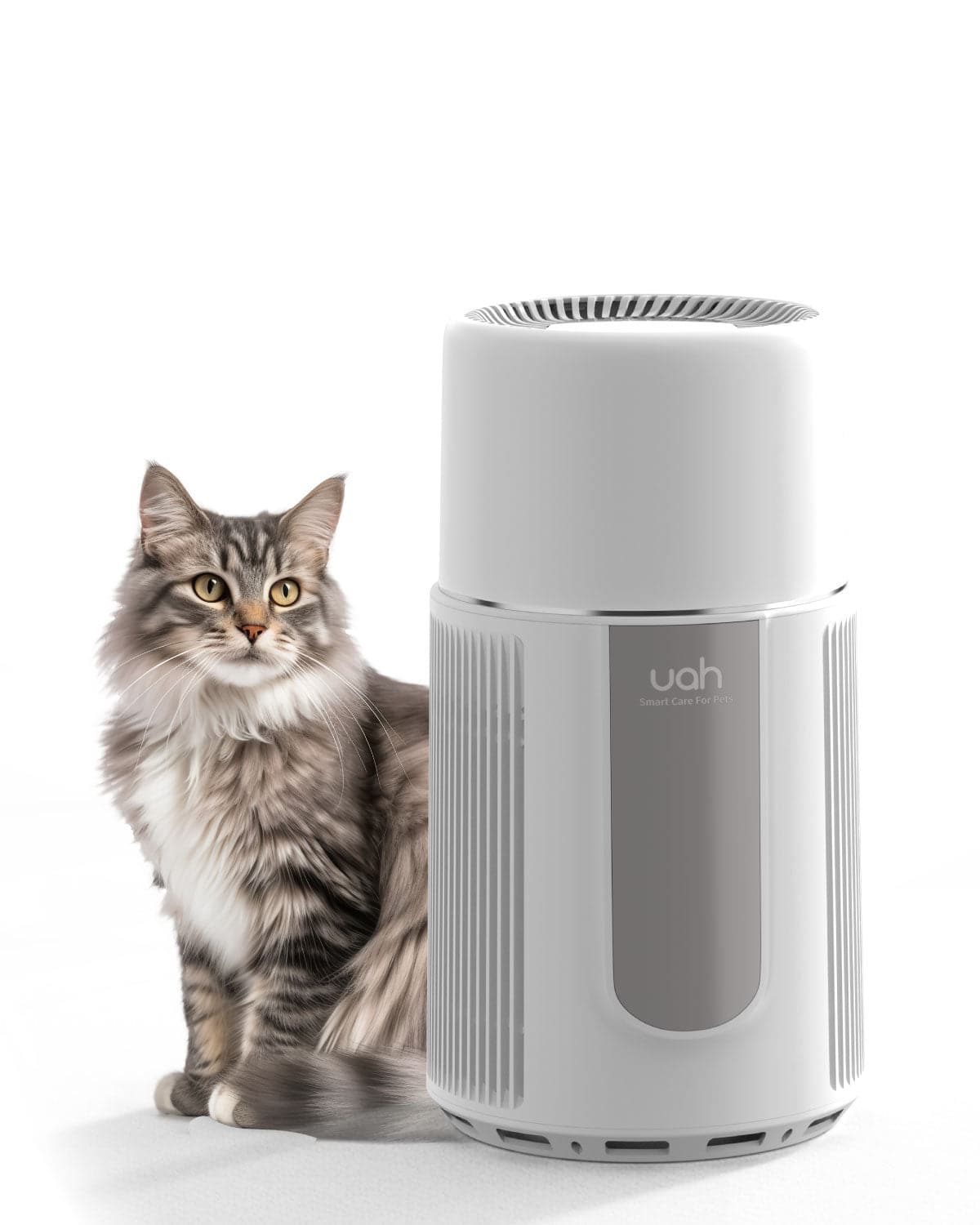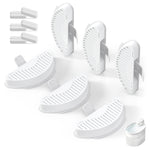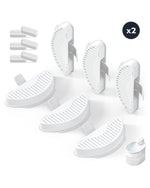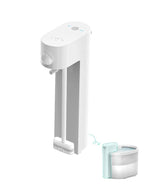For pet owners, the joy of having a furry companion often comes with the challenge of dealing with pet dander. This microscopic allergen can linger in the air, settle on surfaces, and trigger allergic reactions. If you've ever wondered, 'Do air purifiers remove pet dander?' the answer is a resounding yes. Air purifiers can be a game-changer for improving indoor air quality and creating a healthier living environment for both you and your pets.
Understanding Pet Dander and Its Impact
Pet dander consists of tiny flakes of skin shed by animals, particularly those with fur or feathers. These particles are lightweight and can remain airborne for extended periods, making them a common trigger for allergies and asthma. Even if you don't have allergies, pet dander can contribute to respiratory discomfort and worsen existing conditions.
In addition to dander, pets can introduce other allergens into your home, such as saliva, urine, and pollen carried in from outdoors. These allergens can combine with dust and other airborne particles, creating a complex mix that can be difficult to manage without the right tools.
How Air Purifiers Work to Remove Pet Dander
Air purifiers are designed to capture and remove airborne particles, including pet dander. Most air purifiers use a combination of filters and technologies to achieve this. The most common type of filter is the High-Efficiency Particulate Air (HEPA) filter, which is highly effective at trapping particles as small as 0.3 microns.
When air passes through a HEPA filter, pet dander and other allergens are captured, preventing them from circulating back into the room. Some air purifiers also incorporate activated carbon filters, which can help neutralize odors associated with pets, such as urine or wet fur.
In addition to filtration, certain air purifiers use advanced technologies like ultraviolet (UV) light or ionization to target allergens and pathogens. While these methods can enhance the purifier's effectiveness, HEPA filtration remains the gold standard for removing pet dander.
Benefits of Using an Air Purifier for Pet Dander
Investing in an air purifier can offer numerous benefits for pet owners. Here are some of the key advantages:
- Reduced Allergy Symptoms: By removing pet dander from the air, air purifiers can help alleviate sneezing, coughing, and itchy eyes caused by allergies.
- Improved Respiratory Health: Cleaner air can reduce the risk of respiratory issues, especially for individuals with asthma or other lung conditions.
- Elimination of Odors: Air purifiers with activated carbon filters can help neutralize unpleasant pet odors, keeping your home smelling fresh.
- Enhanced Comfort: With fewer allergens in the air, you and your pets can enjoy a more comfortable living environment.
Choosing the Right Air Purifier for Pet Dander
Not all air purifiers are created equal, and selecting the right one for your needs is crucial. Here are some factors to consider when choosing an air purifier to remove pet dander:
- HEPA Filtration: Ensure the air purifier has a true HEPA filter, as this is the most effective way to capture pet dander.
- Room Size: Choose an air purifier with a Clean Air Delivery Rate (CADR) that matches the size of the room where it will be used.
- Noise Level: If you plan to use the air purifier in a bedroom or living area, opt for a model with a quiet operation.
- Maintenance: Consider the cost and frequency of filter replacements, as well as the ease of cleaning the unit.
- Additional Features: Look for features like air quality sensors, automatic shut-off, or smart controls for added convenience.
Tips for Maximizing the Effectiveness of Your Air Purifier
To get the most out of your air purifier, follow these tips:
- Placement: Position the air purifier in a central location, preferably in the room where your pet spends the most time.
- Regular Cleaning: Vacuum and dust your home frequently to reduce the amount of pet dander and other allergens.
- Groom Your Pet: Regular grooming can help minimize the amount of dander your pet sheds.
- Replace Filters: Follow the manufacturer's guidelines for replacing filters to ensure optimal performance.
- Keep Windows Closed: While it's tempting to let in fresh air, keeping windows closed can prevent outdoor allergens from entering your home.
Common Misconceptions About Air Purifiers and Pet Dander
There are several misconceptions about air purifiers and their ability to remove pet dander. Let's debunk some of the most common myths:
- Myth 1: Air purifiers eliminate the need for cleaning. While air purifiers can significantly reduce airborne allergens, they are not a substitute for regular cleaning. Vacuuming and dusting are still essential for removing dander that has settled on surfaces.
- Myth 2: All air purifiers are equally effective. The effectiveness of an air purifier depends on its filtration system and features. Not all models are capable of removing pet dander effectively.
- Myth 3: Air purifiers can cure pet allergies. While air purifiers can help reduce allergy symptoms, they cannot cure allergies. Managing pet allergies often requires a combination of strategies, including medication and environmental controls.
Scientific Evidence Supporting Air Purifiers for Pet Dander
Numerous studies have demonstrated the effectiveness of air purifiers in reducing pet dander and improving indoor air quality. Research has shown that HEPA filters can capture up to 99.97% of airborne particles, including pet dander, dust mites, and pollen.
In one study, participants with pet allergies reported significant improvements in their symptoms after using an air purifier with a HEPA filter. Another study found that air purifiers reduced the concentration of pet allergens in homes by up to 50%.
These findings highlight the potential of air purifiers to create a healthier environment for pet owners and their families.
Alternative Solutions for Managing Pet Dander
While air purifiers are highly effective, they are just one piece of the puzzle when it comes to managing pet dander. Here are some additional strategies to consider:
- Use Hypoallergenic Bedding: Opt for bedding and furniture covers that are resistant to allergens.
- Install Hard Flooring: Carpets can trap pet dander, making it harder to remove. Hard flooring is easier to clean and less likely to harbor allergens.
- Wash Pet Bedding: Regularly wash your pet's bedding, toys, and other items to reduce dander buildup.
- Consider Allergy Shots: For severe allergies, immunotherapy (allergy shots) may help reduce sensitivity to pet dander over time.
Frequently Asked Questions About Air Purifiers and Pet Dander
Here are answers to some common questions about air purifiers and their role in removing pet dander:
- How long does it take for an air purifier to remove pet dander? The time it takes to reduce pet dander levels depends on the size of the room, the air purifier's capacity, and the amount of dander present. In general, you may notice improvements within a few hours of continuous use.
- Can air purifiers remove pet hair? While air purifiers are designed to capture small particles like dander, they are not as effective at removing larger particles like pet hair. Regular vacuuming is still necessary to manage pet hair.
- Do air purifiers work for all types of pets? Air purifiers can help reduce dander from all types of pets, including cats, dogs, birds, and small animals. However, the effectiveness may vary depending on the amount of dander produced by the pet.
If you're tired of dealing with pet dander and its effects on your health, an air purifier could be the solution you've been looking for. By effectively removing pet dander and other allergens, air purifiers can help you breathe easier and enjoy a cleaner, more comfortable home. Don't let pet dander hold you back—take control of your indoor air quality today!

